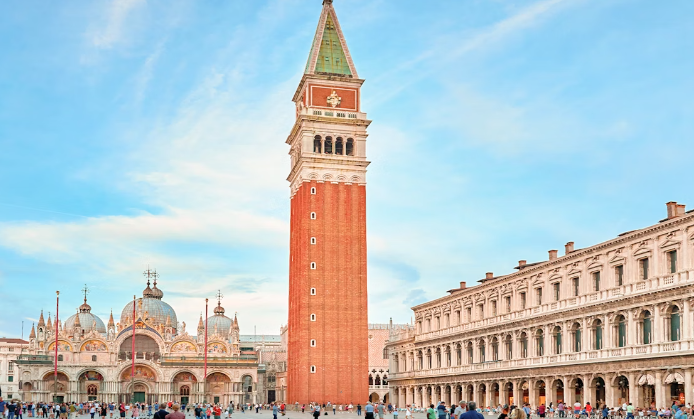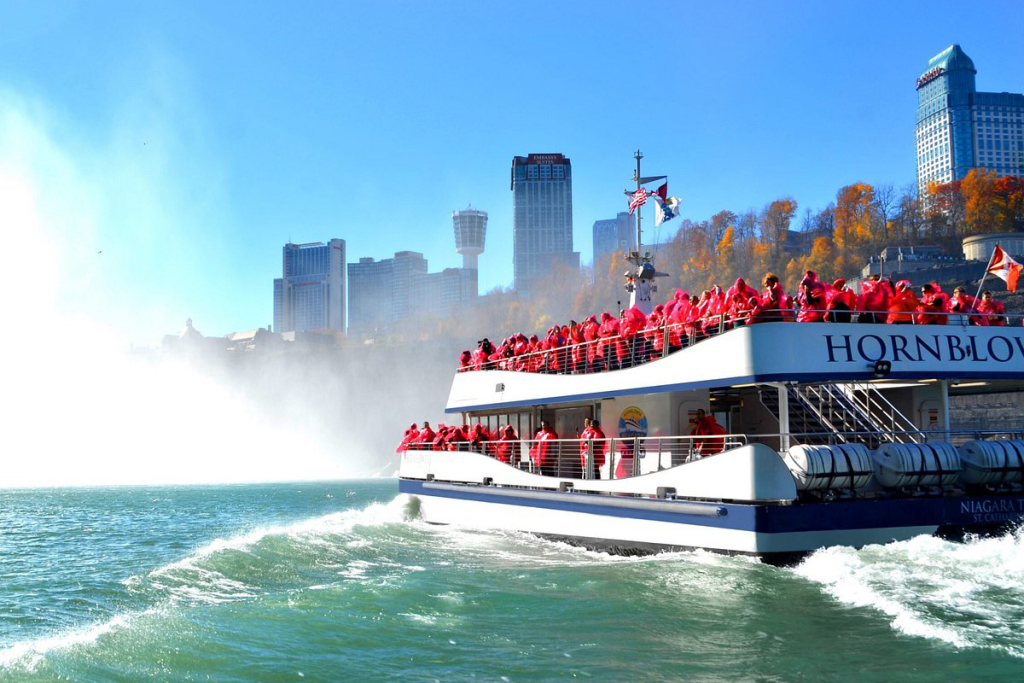Venice Square: The Heart of Rome’s History and Culture
Venice Square, or Piazza Venezia, is not just a bustling intersection in Rome; it serves as a dynamic hub that brings together history, architecture, and culture. As one of the city’s most famous squares, it often acts as a starting point for both tourists and locals exploring the wonders of Rome. Understanding its significance can enrich your visit and provide deeper insight into the city’s rich tapestry.
Historical Significance of Piazza Venezia
Piazza Venezia has played a crucial role in Rome’s history since the Roman Empire. Originally the site of the Venitian Palaces in the 15th century, the square has evolved dramatically over the centuries. The impressive Altare della Patria, or Altar of the Fatherland, dominates the square, commemorating Italy’s unification and honoring those who fought for the country. Visitors can take a moment to reflect on the grand statues and intricate details that epitomize Italy’s architectural marvels, making it a vital point of interest for both historians and casual tourists.
Architectural Wonders
One of the most notable features of Piazza Venezia is the Altare della Patria, with its white marble façade and enormous statues symbolizing Roman valor. Designed by architect Giuseppe Sacconi in the late 19th century, this monument is a blend of neoclassical and modern architectural styles. Around the square, you can also admire the surrounding buildings, such as the Palazzo Venezia, which dates back to the early Renaissance and served as a papal residence. The contrast between these structures showcases various architectural styles, adding to the visual richness of the square, making it a photographer’s paradise.
A Cultural Hub
Piazza Venezia serves as a cultural hub, often hosting events ranging from concerts to festivals. The square’s lively atmosphere appeals to both locals and tourists, who gather to enjoy street performances or savor local cuisine from nearby cafés and bistros. Furthermore, its central location makes it easy to access other Roman landmarks such as the Roman Forum and the Colosseum. Engaging with the area allows visitors to soak up the vibrant Roman culture while enjoying a coffee or gelato in the bustling environment.
Conclusion
Exploring Venice Square is an essential part of experiencing Rome’s rich history and culture. From its historical landmarks to architectural wonders and lively atmosphere, the square offers something for everyone. When planning your visit, don’t miss the chance to stroll through this iconic site and immerse yourself in its vibrant surroundings. Discover the beauty and history of Piazza Venezia, and let it inspire your journey through the Eternal City.




